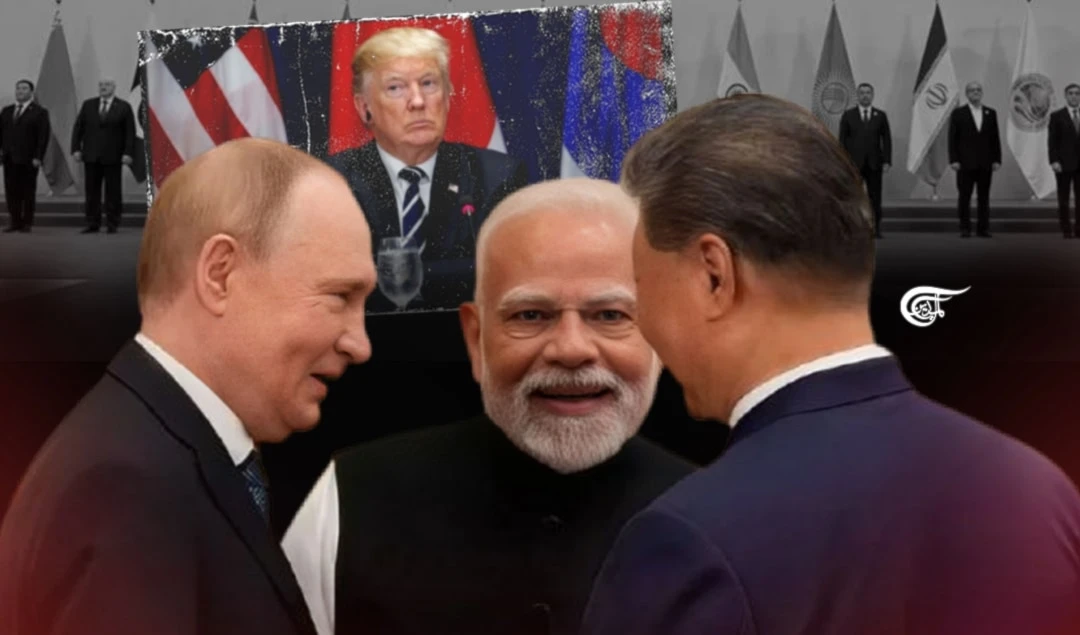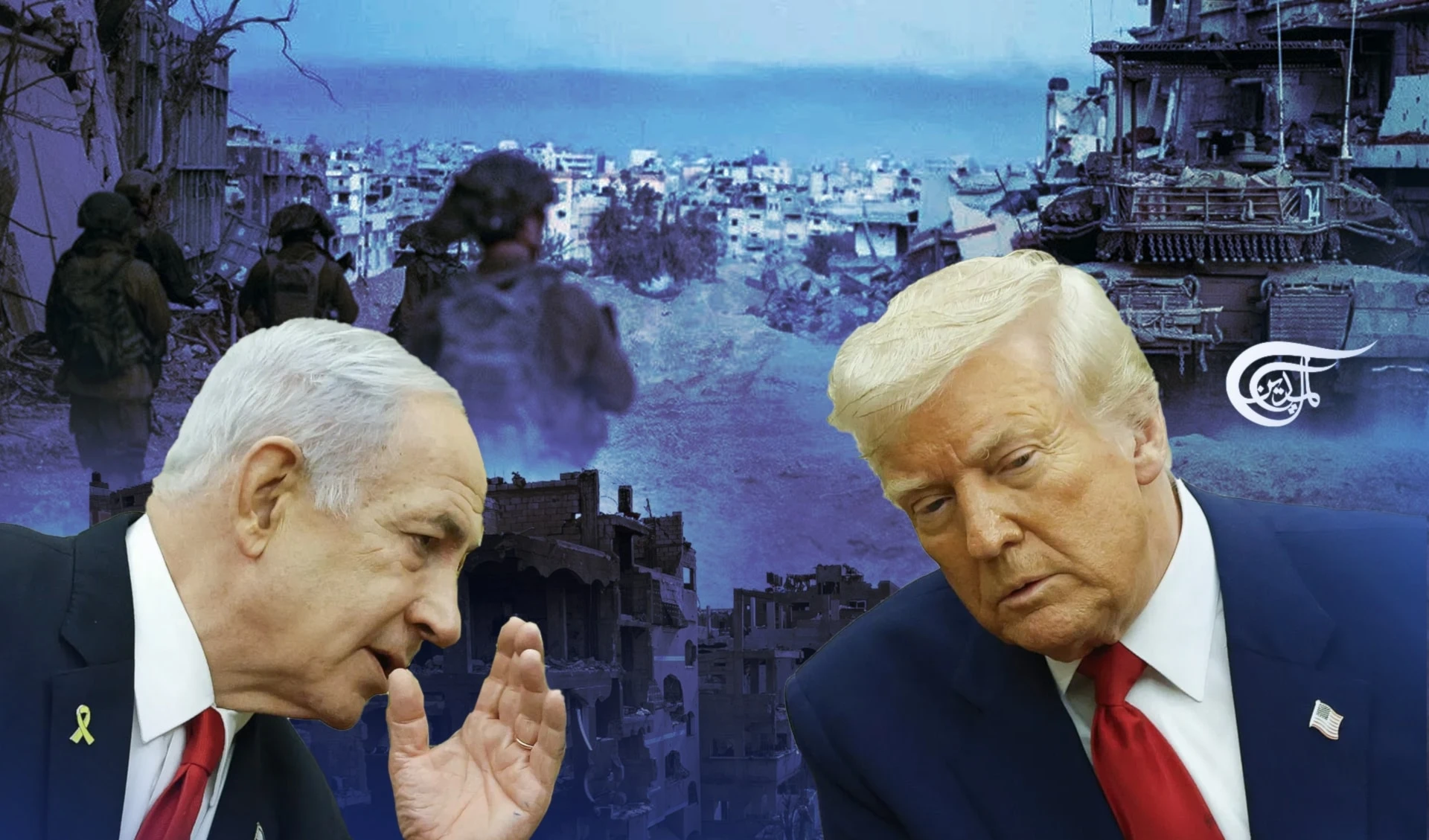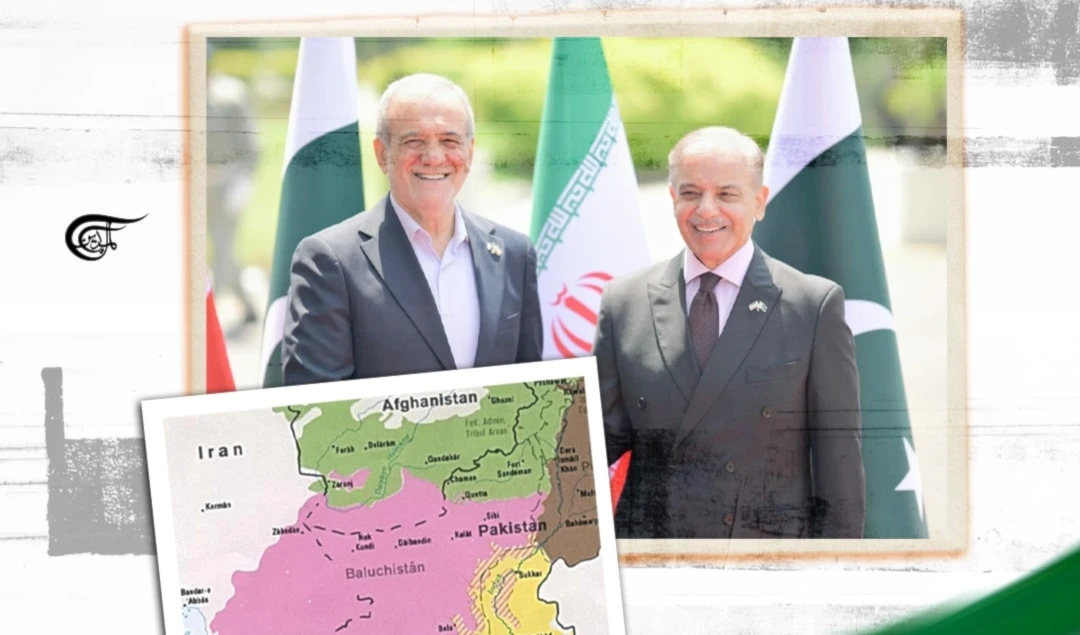Iran is gearing up to become a bustling trade and transit hub, ready to reignite its former glory
For centuries, Iran has played a pivotal role as a crossroads for the passage of trade consignments due to its tactical location.
-

(Illustrated by Mahi Rtail)
Thanks to its strategic position and connections to various global routes, Iran is primed to become a thriving center of commerce and transportation in the near future. Its goal is to reclaim its past prestige as a vital waypoint on the legendary Silk Road, despite the challenges posed by US and Western sanctions and restrictions.
For centuries, Iran has played a pivotal role as a crossroads for the passage of trade consignments due to its tactical location. The country was right in the thick of it, playing a major part in the hustle and bustle of transporting goods from the West to the East. However, this colossal potential of Iran lay dormant due to wars, political strife, and sanctions, leading to a subsequent dearth of infrastructure.
International North-South Transit Corridor (INSTC)
The feud between Europe and Russia regarding the Ukraine war put the Russian government in a tight spot, as they faced severe sanctions with the European countries shutting their doors to Russian goods. This made it extremely challenging for Russian traders to reach their desired markets. Consequently, the country began exploring fresh avenues to spread its goods far and wide, particularly in Asia, Europe, and the Middle East.
This situation has created a need for operationalizing the International North-South Transit Corridor (INSTC), which is a 7,200-km-long multi-mode network of ship, rail, and road routes for moving freight between India, Iran, Azerbaijan, Russia, Central Asia, and North Europe.
The corridor is packed to the brim with seaports on the Gulf and in the Caspian region, along with road and rail routes. The rail route from Iran to Russia will be a game-changer, bringing a whole new world of economic benefits to both parties.
With this route in place, cargo will be able to zip and zoom between the two nations, making trade a breeze. Railways are set to be the backbone of the INSTC's growth, with the Rasht-Astara railway being the icing on the cake for this corridor's success. This railway will bridge the gap between the Iranian port of Bandar-e Anzali and Russia's railway network, opening up a whole new world of opportunities for goods to hit the road and embark on a smooth sailing journey.
However, the North-South Corridor is still a work in progress and hasn't hit the ground running just yet. While certain parts of the corridor have been ticked off the list, like the railway between Iran and Azerbaijan, there are still plenty of road connections within Iran that are under construction. The North-South Corridor is said to be at the top of the list of President Ebrahim Raisi's administration, as it's seen as a game-changer for boosting trade and economic ties between Iran and its neighboring countries. The INSTC has the potential to enhance trade and economic relations between Iran, India, and Russia and reduce their reliance on conventional trade routes that are more susceptible to economic sanctions. Iran and Russia have been joining forces to bring the Rasht-Astara railway project to life. Russia has lent a helping hand to Iran in constructing the railway, as the two nations have joined forces through the "oil-for-goods" arrangement to fund this endeavor.
East-West International Trasport Corridor
The East-West International Transport Route (TMTM), also known as the Trans-Caspian International Transport Route, is planned to facilitate the expansion of freight traffic from China to Turkey as well as to the countries of the EU and vice versa. A consortium that was formed by the participating countries is responsible for the administration of the transport corridor as well as its continued development. Members of the consortium include Chinese Railways and KTZ Express, both of which are located in China. Caspian Shipping Company operates in the Caspian Sea; ADY Express and Trans Caucasus Terminals are located in Azerbaijan and Georgia respectively.
One of the major Chinese projects in Iran is the development of the East-West International Transport Corridor in the Maku Free Zone. Iranian officials claim that this project would create a framework for a powerful communication network from China to the Baltic and Scandinavian countries. Considering its geographical location, the Maku Free Zone plays the role of a four-way land route both for the TMTM and China’s Belt and Road Initiative (BRI).
Iran's relationship with China has been going from strength to strength, especially since the US pulled out of the nuclear deal and slapped sanctions on Tehran in 2018. This shift toward the East has solidified their bond. China reportedly turned a blind eye to US sanctions and kept the Iranian oil flowing. In the year 2021, the two countries sealed the deal with a 25-year strategic agreement to join forces and bolster their economic and security ties. Iran is a real powerhouse when it comes to energy, and it also plays a crucial role in keeping the region safe and sound. In the days to come, Iran and China are bound to become joined at the hip.
Multimodal Transport Ashgabat agreement
Iran is also involved in the Multimodal Transport Ashgabat agreement along with India, Pakistan, Oman, Turkmenistan, Uzbekistan, and Kazakhstan to build an international transport and transit corridor to facilitate the transportation of goods between Central Asia and the Gulf. The agreement was signed in 2011 in Ashgabat, the capital of Kazakhstan. When completed, this corridor will not only synchronize the INSTC but also provide another crucial route that will connect Iran with the Central Asian markets.
The Central Asian Republic gradually came to understand the importance of Iran and the Gulf in facilitating access to the open seas, which led to the development of this agreement. A bilateral meeting between then-Uzbek President Islam Karimov and his Turkmen counterpart Gurbanguli Berdimuhamedov in October 2010 is where the idea for a transit route connecting Central Asia and the Gulf first surfaced. Delegates from Uzbekistan, Turkmenistan, Iran, and Oman consequently met in Tehran in November 2010 to establish a working group to look at the construction of such a corridor. This project was later joined by Pakistan in 2016 and India in 2018.
Why is India cozying up to Iran in the realm of trade?
India’s joining the Ashgabat Agreement will give it the golden opportunity to ride the existing transportation and transit corridor, paving the way for smooth sailing in trade and commercial relations with the Eurasian region.
The project sets out to pave the way for a bustling trade and transportation route that will bridge the gap between Central Asia and the Persian Gulf. The rail links take the scenic route, passing through Kazakhstan, Uzbekistan, Turkmenistan, and Iran, as part of the agreement's land transport component. The Iran-Turkmenistan-Kazakhstan (ITK) railway line, which opened in December 2014, is the missing piece of the puzzle in this corridor. It will also bridge the gap with the Omani ports of Salalah, Duqm, and Sohar, as well as the Iranian ports of Bandar Abbas, Jask, and Chabahar. The region's current transportation and connectivity linkages will be a boon to India's trade.
India has heavily relied on Chabahar to establish a connection with Afghanistan, and both sides have already sailed their wheat shipments through the port. The implementation of India's ambitious proposal to build a 610-kilometer railway between Chabahar and Zahedan, as well as the establishment of a multifunctional terminal at Chabahar, would have been unattainable without India's participation in a transportation network led by Central Asia.
Chabahar-Zahedan-Nimroz railway project
Last month, Afghanistan announced it would soon establish a railway connection to Iran through the Roznak and Milk Port Railway in Nimroz. The Chabahar-Zahedan-Nimroz railway project will diversify the trade activities in Chabahar port, which is being built with the help of India.
Bakhtur Rahman Sharaft, the General Director of the Afghanistan Railway Administration, expressed optimism that this development is an important catalyst for Afghan-Iran trade relations. Sharaft, who visited Chabahar Port and the railway project last month, claimed that Afghanistan is putting the pedal to the metal when it comes to infrastructure development. The establishment of railway links between Afghanistan and Iran shows that they are going the extra mile to boost trade opportunities. Chabahar Port has been a game-changer for Afghanistan, opening up a whole new world of opportunities to tap into global markets. This port has allowed Afghanistan to get access to sea routes to diversify its exports to India, the Middle East, and Europe.
Now that Iran's luck has turned, a whole new ballgame has opened up on the horizon.

 F.M. Shakil
F.M. Shakil
 8 Min Read
8 Min Read









